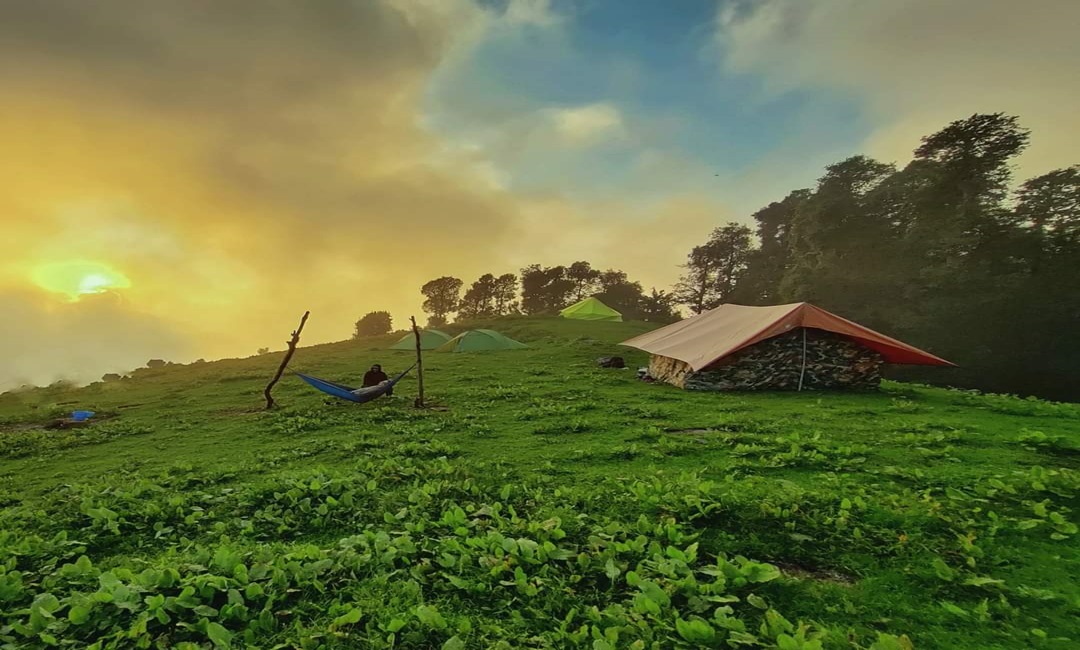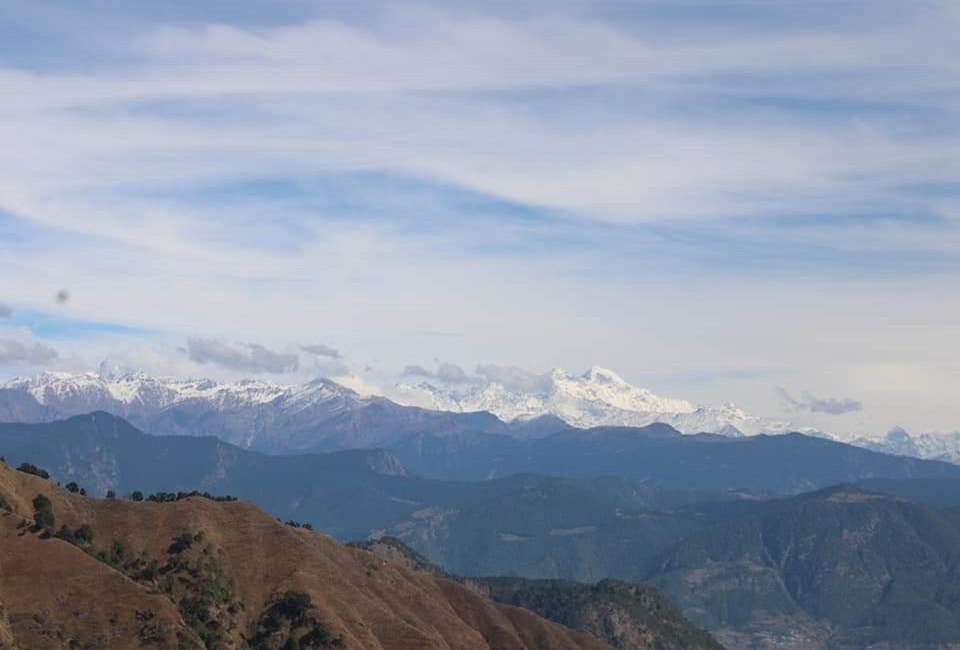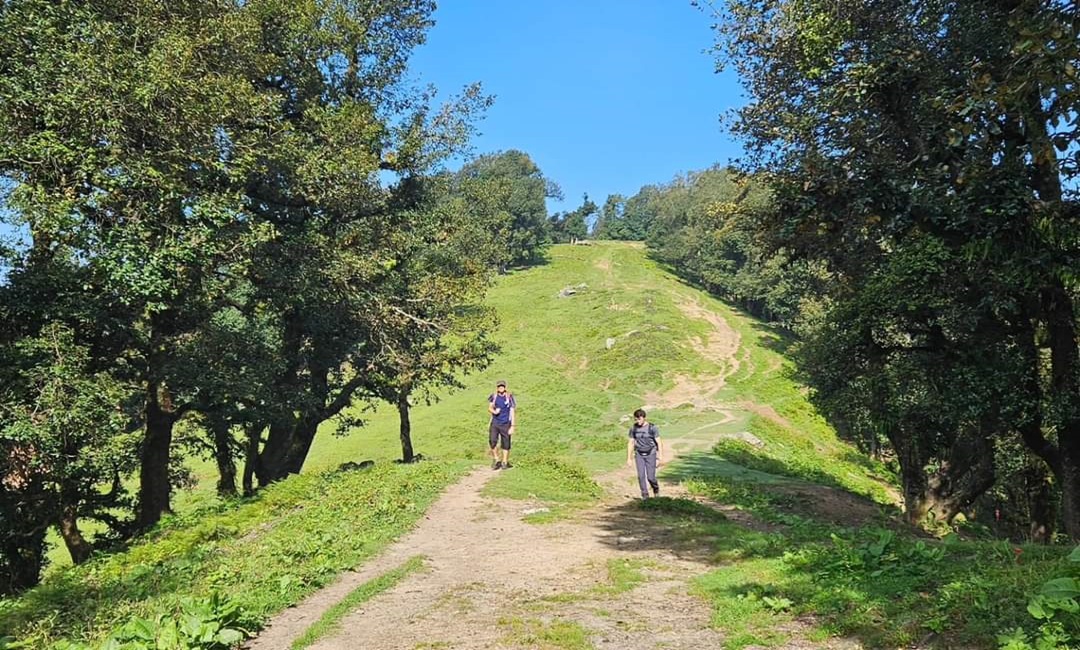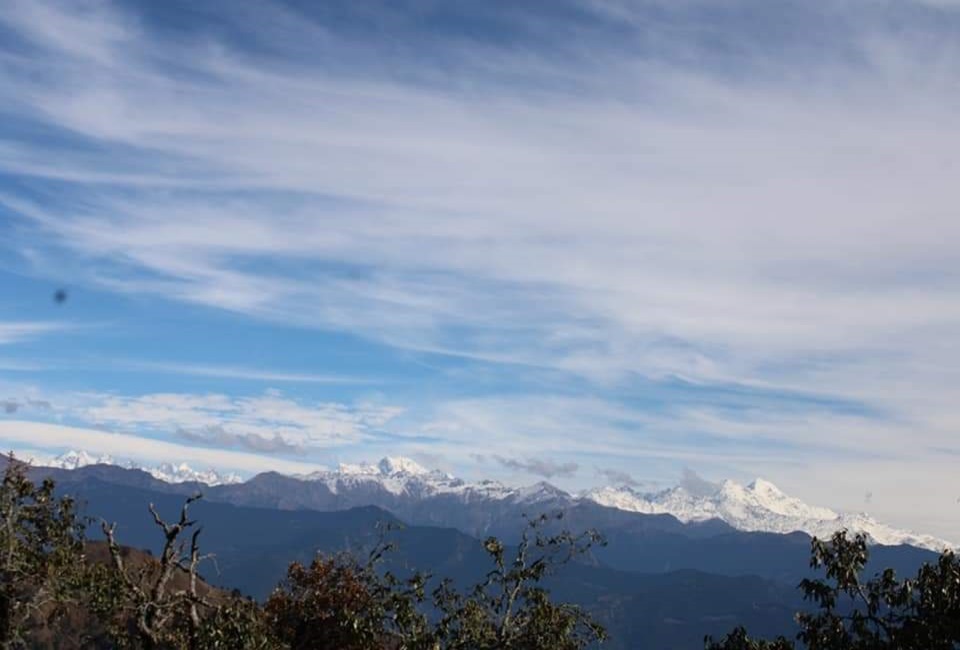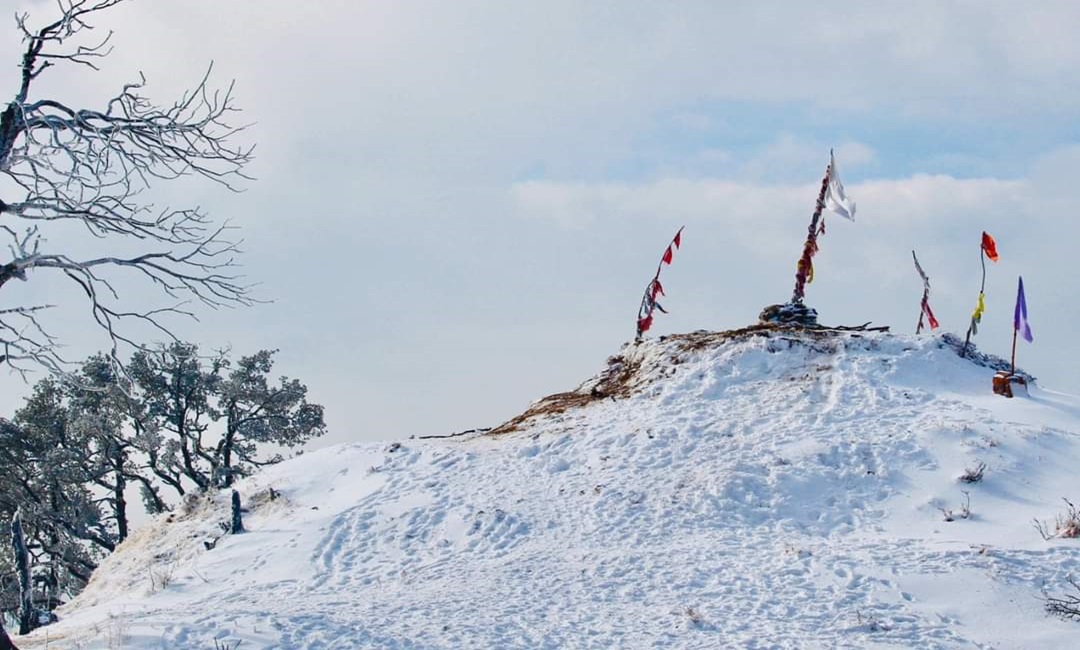Enquiry
Your Review
Short Itinerary
|
Day 1 |
Dehradun to Pantwari Village - 75 km |
Travel Time: 3 - 4 hours |
|
Day 2 |
Pantwari Village to Nag Tibba Base Camp - 6.5 km |
Trek Time: 4-5 hours. |
|
Day 3 |
Nag Tibba Base Camp to Summit Point - Return to Pantwari Village - 8 km |
Trek Time: 6-7 hours. |
|
Day 4 |
Pantwari Village to Dehradun |
Travel Time: 3-4 hours. |
Overview
Nag Tibba , at an elevation of 9915 ft, is the highest peak in the Lesser Himalayan region of the Garhwal Division of Uttarakhand state this trek is ideal for beginners and can be attempted by anyone with a basic level of fitness seeking a weekend adventure. There is a spiritual believe behind this ,that The mountain is the abode of Nag Devta or God of Snakes. The trek starts from Pantwari, which is 90 km from Dehradun. From here, you see a 100-degree view of snow-capped Himalayan ranges such as Swargrohini, Bandarpoonch, Kala Nag, Srikanth, and Gangotri and many more. This alpine meadow attracts visitors with its tranquility and velvety grasslands. It offers you a magnificient scenic views of virgin Himalayas.
Policies
Ensuring Safety, Compliance, and Conservation
- At Trekvento, we prioritize the safety of our trekkers, uphold environmental conservation, and ensure compliance with trekking regulations. Our policies are designed to provide a safe and enjoyable trekking experience while preserving the natural beauty of the Himalayas.
Trekkers Safety Measures
- Qualified Guides: Every trek is led by experienced and certified trek leaders who prioritize safety and have extensive knowledge of the trekking routes.
- Emergency Protocols: Detailed emergency protocols are in place, including first aid training for staff and evacuation procedures in case of emergencies.
- Equipment Inspection: Regular inspection and maintenance of trekking gear and equipment to ensure reliability and safety during the trek.
- Altitude Acclimatization: Trek itineraries are carefully crafted to allow for gradual altitude acclimatization, minimizing the risk of altitude sickness.
- Weather Monitoring: Continuous monitoring of weather conditions to anticipate and mitigate potential risks.
Trek Regulations and Compliance:
- Permits and Permissions: Adherence to all necessary permits and permissions required for trekking in protected areas, ensuring legal compliance and environmental conservation.
- Leave No Trace Principles: Implementation of Leave No Trace principles to minimize environmental impact, including proper waste disposal and responsible camping practices.
- Respect for Local Culture: Respectful interaction with local communities, adherence to cultural norms, and support for local economies through responsible tourism practices.
- Group Size Limits: Maintain manageable group sizes to minimize ecological impact and ensure personalized attention and safety for all trekkers.
- Wildlife Conservation: Respect wildlife habitats and observe wildlife from a distance, without disturbing their natural behavior or environment.
Trek Rules and Guidelines:
- Mandatory Briefing: All trekkers are required to attend a pre-trek briefing covering safety protocols, environmental ethics, and trekking guidelines.
- Stay on Designated Trails: Trekkers must stay on designated trails to minimize soil erosion and habitat disturbance, ensuring the preservation of delicate ecosystems.
- No Smoking and Alcohol: Smoking and consumption of alcohol are strictly prohibited during the trek time to maintain a healthy and safe environment for all participants.
- Follow Guide Instructions: Trekkers must follow the instructions of the trek leaders and guides at all times, especially during emergency situations or challenging terrain.
Conclusion: At Trekvento, we are committed to providing a safe, sustainable, and memorable trekking experience for all our participants. By adhering to our trek policy, trekkers can enjoy the beauty of the Himalayas while contributing to environmental conservation and respecting local communities.
FAQs
What things each trekker should carry ?
Footwear:
- Waterproof trekking boots, comfortable sneakers, and flip-flops.
- Woolen socks for warmth.
Backpack:
- Main backpack (50 liters), daypack (20-30 liters), and a duffel bag.
Clothing:
- Waterproof jacket and trousers, fleece jacket, thermal innerwear, t-shirts, trekking pants, and shorts.
- Additional warm layers like sweaters and down jackets.
- Hats, gloves, and scarves for hand and head protection.
Accessories:
- Sunglasses, water bottle, hydration bladder, headlamp, and spare batteries.
Trekking Gear:
- Emergency toolkit, sunscreen, toiletry kit, water purification tablets, Ziploc bags, earplugs, and first-aid kit.
Additional Items:
- Towel, raincoat or poncho, lip balm, and sunscreen lotion.
- Trekking pole or walking stick for stability.
- Medications and personal toiletries.
- Rain cover for your backpack and a small daypack for essentials during the day.
- Poly bags or plastic containers for organizing items during heavy weather.
What happens if I cancel the trek?
-
Trek Cancellation by TrekVento:
- If a trek is canceled due to natural disasters or unforeseeable circumstances, you'll receive a full trek voucher valid for one year.
-
Your Cancellation:
- Canceling 30 or more days before the trek: Full refund.
- Canceling between 30 and 15 days before the trek: 60% refund.
- Canceling less than 15 days before the trek: No refund.
- Refunds are subject to a 4% deduction as cancellation charges.
- Trek insurance refunds are not provided.
-
Responsibility:
- TrekVento is not liable for any damage or injury to your belongings during the trek.
- The trek fee covers all trek expenses from start to finish.
